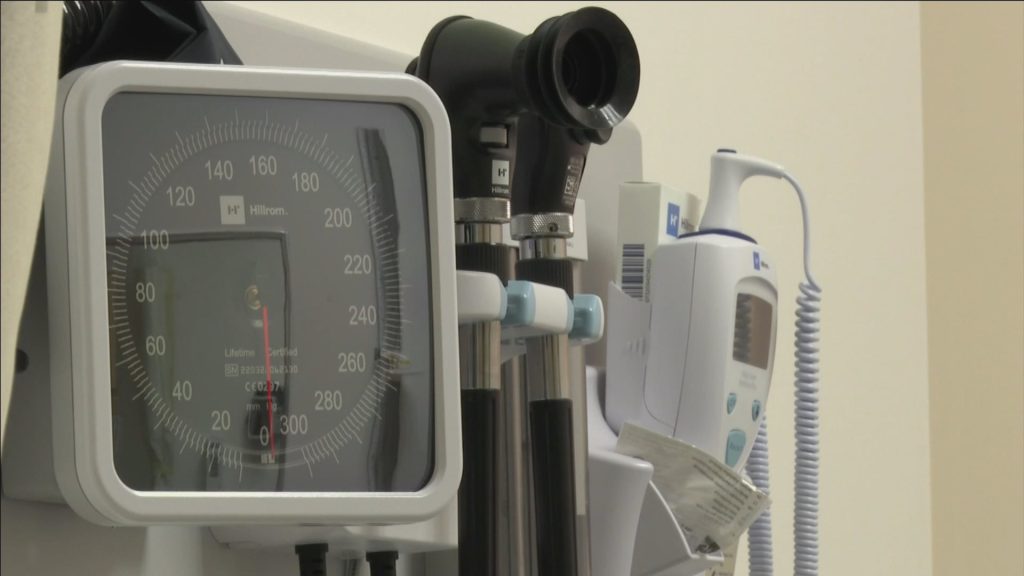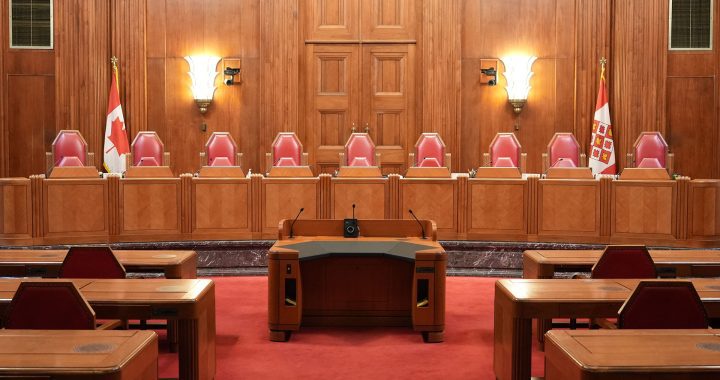
The COVID-19 pandemic and the toxic drug crisis in British Columbia are being blamed for the alarming numbers in two key indicators of the health of First Nations peoples in that province.
The findings are contained in the first interim report on “The First Nations Population Health and Wellness Agenda,” which was released Wednesday.
According to the report, the situation has gotten worse for First Nations in the areas of life expectancy and mortality since the multi-year project studying health indicators was introduced in 2021.
“Life expectancy at birth, or as we’re calling it, Living Long lives and Mortality have both worsened. And the main driver remains deaths due to the toxic drug crisis public health emergency and the COVID-19 pandemic,” said Dr. Nell Wieman, chief Medical Health Officer at the First Nations Health Authority (FNHA) of B.C.
Wieman is a member of the Anishinabe community of Little Grand Rapids in Manitoba, and now living in Squamish territory.
Data shows life expectancy for First Nations peoples in B.C. dropped from 73.3 years to 67.2 years and the mortality rate jumped from 117 people dying early per 10,000 population three years ago to 156 per 10,000 population now.
The original agenda contained 22 indicators of health and the update contains new data in 14 of those indicators. Of the other 12, infant mortality and education rates showed modest improvement, while others showed no change.
According to Dr. Danielle Behn Smith, deputy Public Health Officer and Eh Cho Dene of Fort Nelson First Nation and Franco-Manitobain/Métis from the Red River Valley, the numbers contained in the interim update show settler Colonial systems are still not meeting the needs of First Nations people.
“A lot of the work that needs to happen to make things better so that we as First Nations people can get our needs met in a good way-that heavy lifting sits on the shoulders of our settler colleagues, in their systems,” Behn Smith said.
Wieman reminded people to keep in mind the data points are people.
“The findings in this report are not just numbers. They represent individuals, families and loved ones,” Wieman said. “They are people who are missing from our dinner tables, they’re missing from our ceremonies. Generations of people have been affected.”
With First Nations teachings as its basis, the First Nations Population Health and Wellness Agenda’s goal was to change how First Nations’ health is monitored. Upon its 2021 release, health officials said it was an “act of self-determination” and would see First Nations controlling their own health data.
According to Statistics Canada 2021 Census data, there were 290,210 people or 5.9 percent of the province’s population identifying as Indigenous in BC.










